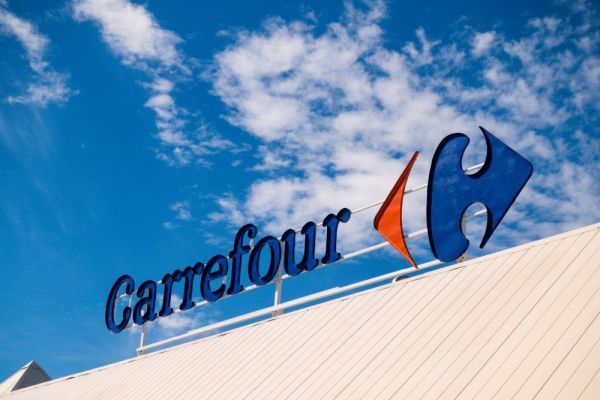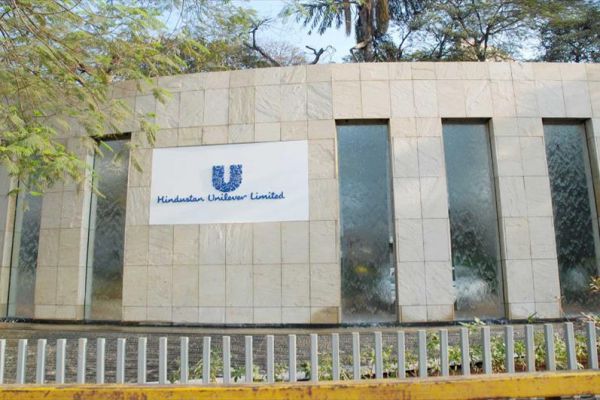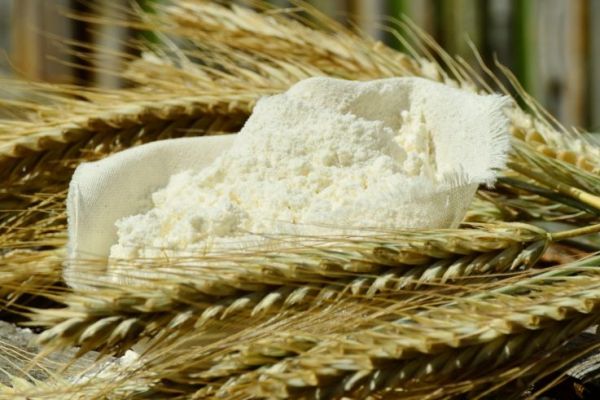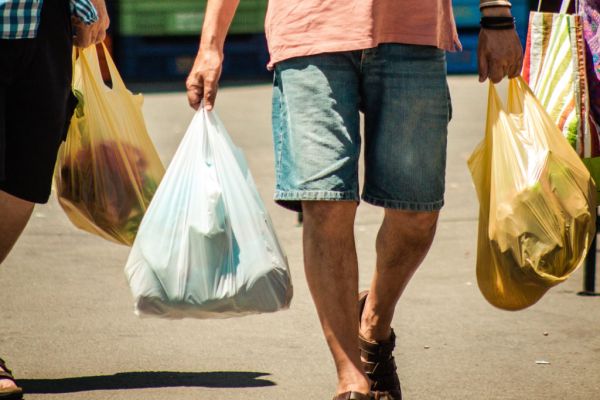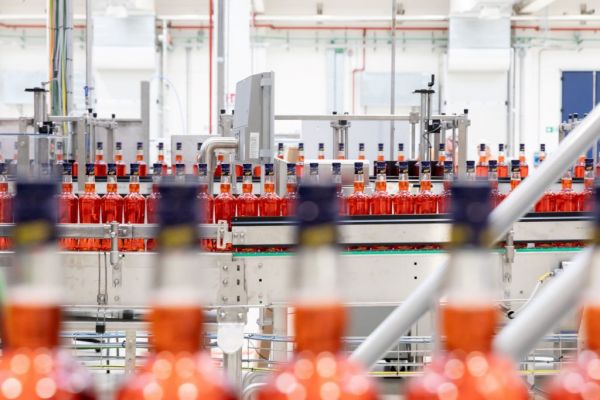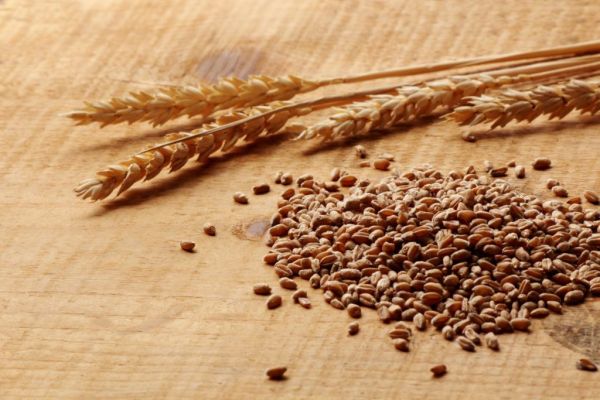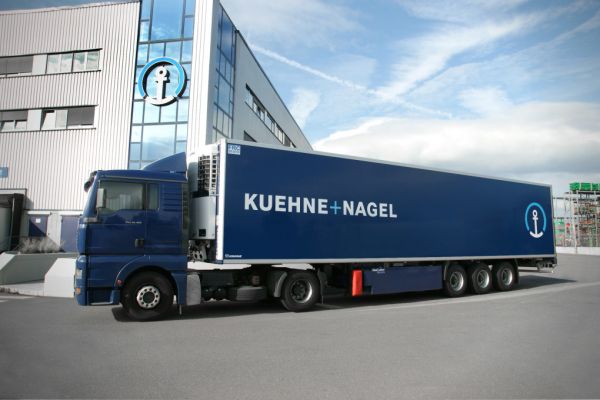When Claudio Scariote agreed in May to add 200 hectares (494 acres) to his soybean farm in Brazil, leasing more land made sense. Now that planting has begun, prices have plunged and the crop is looking like a money-loser.
“I wouldn’t have done this deal today,” he said by telephone from Sapezal in Mato Grosso state, the biggest growing region. “We have no alternative” to increasing output as planned, said Scariote, who spent 4 million reais ($1.6 million) on four new tractors and three combine harvesters since 2013 to upgrade his 3,400 hectares, along with more seed and fertiliser.
With the harvest accelerating across the US, the world’s top producer, the season is just beginning in the Southern Hemisphere. Farmers in Brazil, the largest exporter, are set to boost output to a record for a third straight year, compounding the biggest global surplus ever. Soybean prices have tumbled into a bear market in the past five months, touching a four-year low, leaving some growers unable to find buyers.
It now costs about 46 reais to produce a 60-kilogramme (132-pound) bag of soybeans, or $8.55 a bushel, in Mato Grosso, which accounts for 30 per cent of Brazilian output, according to data from the Mato Grosso Institute of Agricultural Economics. Buyers are offering 39 reais a bag for delivery in March, after the harvest. Because most farmers bought seed and fertiliser when prices were higher, planting in the state will still probably rise by 4.3 per cent to a record, the Institute said.
Surging Output
Brazil’s production may jump 7.3 per cent to 92.4 million metric tonnes in the current season, topping the 86.1 million harvested a year earlier, government forecaster Conab said on 9 October. Output has almost quadrupled in the past two decades. Farmers converted rainforests and tropical savannas into soybean fields as surging demand in China, the largest importer, helped send global prices to records as recently as 2012.
While prices remain almost twice what they were a decade ago, output is overwhelming demand. US production will surge 17 per cent to 106.87 million tonnes, leaving global inventories before next year’s harvest at 90.67 million tonnes, up 36 per cent from a year earlier, the US Department of Agriculture said on 10 October. The surplus will equal 31.9 per cent of global demand, up from 24.5 per cent a year earlier and the most ever, the USDA said. Harvests are up 30 per cent in the past three years, while demand rose 10 per cent.
“The Brazilian farmer has yet to wake up to the new reality of big global supplies,” Pedro Dejneka, managing partner for Agr Brasil, a unit of AgResource Co. “They are still suffering from a China-demand fever. It’s not in the cards that global demand will be strong enough to offset the increase in world production.”
Bear Markets
Soybean futures have plummeted 22 per cent on the Chicago Board of Trade since the USDA said in June that domestic planting would jump 11 per cent to a record. The oilseed fell 1 per cent on Friday to $9.57 a bushel, after leading a slump since 27 June in the Bloomberg Commodity Index of 22 raw materials, which slid 14 per cent during that period.
High prices over the past decade have paid off in Mato Grosso, a state in Brazil’s western interior that is more than twice the size of Germany and relies on more than 1,000 miles of precarious roadways to deliver truckloads of soybeans to south-east export terminals on the Atlantic coast. Transportation adds 13-14 reais to the cost of each bag, the Mato Grosso Institute of Agricultural Economics said.
The state has doubled the area under cultivation to about 9 million hectares since 2002, and Conab estimates that output this season will be 27.5 million to 28.3 million tonnes. That’s twice what farmers will grow in China, where imports will jump for an 11th straight year to 74 million tonnes, the USDA said.
Crop Risks
With the US crop only 40 per cent harvested, and most of Brazil’s not completely planted until next month, it’s possible that output may not reach government forecasts. In 2012, a lack of rain caused damage to US Midwest crops, sending soybeans to a record $17.89. A drought in Brazil’s coffee-growing regions this year sent arabica-bean prices up 96 per cent.
This year’s price slump may also discourage production next year. Growers in Mato Grosso will cut back on planting in 2015, which would be the first decline since 2006, said Anderson Galvão, head of crop researcher Celeres in Uberlandia. “It’s like braking a locomotive,” Galvão said. “It takes some time until it stops completely.”
Farm spending already is dropping, said Marcos Rubin, an analyst at Agroconsult in Florianopolis. Annual expenditures on new machinery and land that averaged 8.4 billion reais over the past three years will fall to 3.8 billion reais this season and 1.5 billion a year later, he said. “We see a big downturn of investment,” Rubin said. “We’ll be probably start seeing a reduction in the planted area in 2015.”
Supply Crunch
While some growers in Mato Grosso would lose money at current prices, areas closer to export terminals with lower shipping costs have an incentive to keep producing. The crop is “still profitable in most of the country”, Agriculture Policy Secretary Seneri Paludo told reporters in Brasilia on 9 October.
MetLife Inc., the largest US life insurer, with an investment portfolio of $505 billion, is expanding in Brazilian agriculture. On 15 October, the New York-based company announced a $150-million mortgage loan to soybean producer Amaggi Group, boosting MetLife’s portfolio in the country to $700 million.
Bearish Outlook
For now, speculators are betting prices will keep falling. Money managers have held a bearish position in soybean futures and options for 13 straight weeks, since mid-July, US Commodity Futures Trading Commission data shows. As of 7 October, holdings were net-short 24,457 contracts, the most in three weeks.
Farmers in Mato Grosso who normally arrange sales before the harvest have reached deals on 11 per cent of their expected crop, down from 50 per cent a year ago, said Ricardo Tomczyk, who heads the state’s soybean-farmers lobby, Aprosoja. “Farmers have taken all the risk this year,” he said by telephone from Rondonopolis.
Prices could drop even lower if growers try to sell all their crops before the harvest, Conab, the government forecaster, said in last week’s report. “Buyers are not in the slightest hurry to buy,” Celeres’ Galvão said. “They can pay even less in three or four months.”
Soybean farmer Sergio Stefanelo said that he hasn’t sold a single bag of the crop he will harvest in early 2015, compared with about half his output at this time last year.
“At current prices, you make no profit,” Stefanelo said by telephone from Campo Novo do Parecis, adding that he’ll wait for prices to recover before he tries to sell.
“We’re moving from a scenario where everybody needed to rapidly move the soybeans from Brazil to one in which you have ample stocks everywhere,” Paulo Sousa, director of grain and soy crushing in Brazil for Minneapolis-based Cargill Inc., said during an interview in São Paulo in August. “The Brazilian market has changed.”
Bloomberg News, edited by ESM

